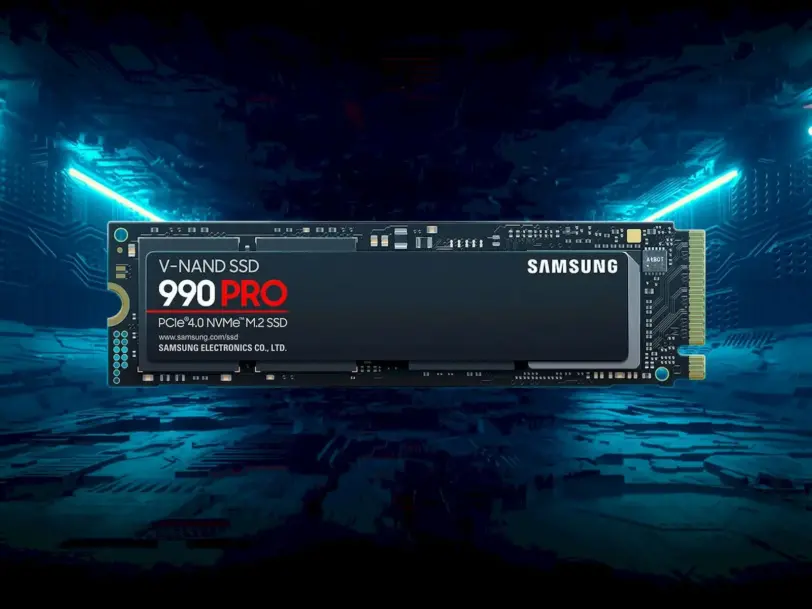What is the speed difference between HDD and SSD

The HDD vs. SSD dilemma is common when researching to purchase a new laptop or desktop computer. Fortunately, deciding between an SSD and an HDD doesn’t have to be complicated. SSDs are a huge improvement over HDDs. So what is the speed difference between an SSD and a HDD?
SSDs are faster and more modern data storage devices. They can store terabytes of data like HDDs, but unlike HDDs, every piece of data on an SSD can be accessed instantly. This means with an SSD you can load large files in seconds instead of minutes.
SSDs have higher speeds than HDDs and are better in every other category except price. From this perspective, SSDs are better than HDDs. However, while the prices of SSDs are falling, they are still more expensive than traditional HDDs.
SSD and HDD speed difference
SSDs read data up to 10 times faster and write data up to 20 times faster than HDDs. Additionally, if the motherboard uses a PCIe 4.0 connector instead of a PCIe 3.0, the speed differences are even greater.
SSDs have such a huge speed difference from HDDs that a new interface had to be invented to take advantage of their full capabilities. Previously, they used the SATA interface, a successor to the days when hard disk drives dominated the market. This made it possible to easily replace an HDD with an SSD, a necessary step in the transition to solid-state drives.
Today, solid-state drives can work as designed thanks to NVMe, a new SSD interface. While older SATA drives only allowed information to be transferred over one channel, NVMe uses multiple channels that can read and write to multiple channels simultaneously. This allows NVMe drives to read and write data much faster than SATA drives.
Why is SSD faster than HDD?
The main reason for the speed difference between SSD and HDD is related to storing and reading data. HDDs contain a very large surface area for writing or reading. When reading or writing data to a hard drive, a physical sensor needs to go to the right place on the drive, such as a turntable.
In contrast, SSDs consist of trillions of areas, each with a single bit of data. These fields are all directly connected to a chip that can read the relevant electrical charges, which is how data is transmitted. This is how flash memory works, which means incredibly fast computing. So fast, in fact, that you may never want to use any other type of storage again.